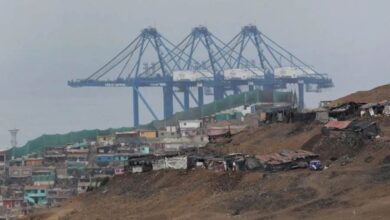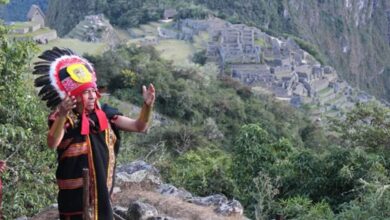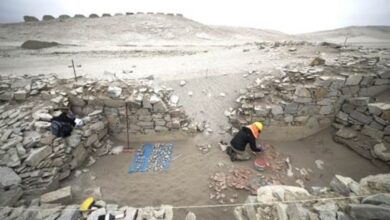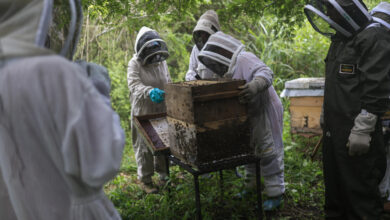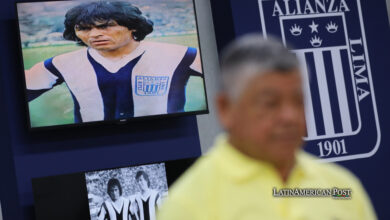Peru’s Pope Leo XIV Goes Viral Serving Classic Chiclayo Cuisine
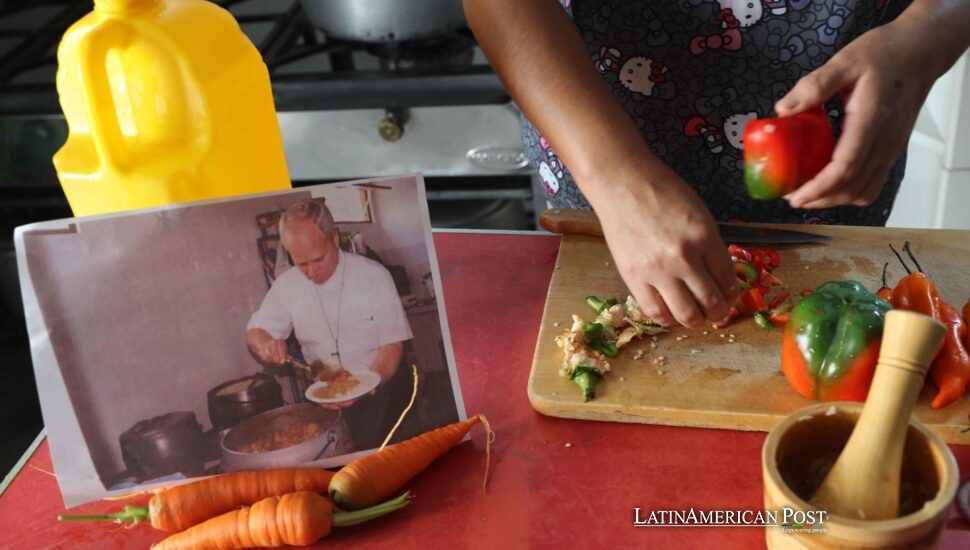
Inside a modest parish center near the cathedral in Chiclayo, Peru, a now-famous snapshot shows Pope Leo XIV—formerly Bishop Robert Prevost—serving a generous local dish. Beneath the heartwarming moment lies a story of service, compassion, and Peruvian culinary tradition.
A Photo That Speaks Volumes
A simple photograph can capture far more than what appears on its surface. In this case, the viral image of Pope Leo XIV carefully ladling beans, rice, and chicken stew—an iconic Peruvian combination—revealed his deep Latin American ties to the world. This photo, however, hides one crucial detail: that he was not serving himself at all. Instead, he intended to plate a hearty meal for those who lacked the means to secure daily nourishment.
In an interview with EFE, Gaby Ruzasto, a collaborator at the parish center in Chiclayo, recalled how Bishop Robert Prevost (now Pope Leo XIV) often dropped by the center’s modest kitchen. She remembers him checking the day’s menu and offering an encouraging word to the volunteer cooks. “Pope Leo XIV is very close,” she said, “In the kitchen he would visit us and observe what food was being prepared.”
This ordinary yet extraordinary scene highlights the bishop’s hands-on approach. On that fateful day, as captured in the widely shared photo, he leaned over a large pot, spoon in hand, ready to portion out the freshly cooked beans, rice, and chicken stew. The hot food released pleasing smells, demonstrating the well-known cooking style of Chiclayo’s coast. A more critical aspect involved his commitment to a community frequently receiving too little attention. Instead of sitting down for a meal, he looked over the parish center. The purpose was to guarantee sufficient food for several residents and newcomers. They came regularly – they looked for food.
A Pontiff’s Heart in Chiclayo
Chiclayo served as Robert Prevost’s episcopal home in northern Peru for eight years. Even now, locals speak with pride about the man who walked their dusty streets, greeted them warmly at church gatherings, and rolled up his sleeves to help in the simplest yet most profound ways. “He was totally accessible.,” says Guillermo Vásquez, who oversees the parish center. He told EFE that Bishop Prevost’s office was near enough to the kitchen that he would often pop in, drawn by curiosity or simply wanting to chat with the volunteers.
Chiclayo, often called the “Capital of Friendship,” is known for its open-armed culture, rich agriculture, and mouthwatering gastronomy. It was here that Prevost showed an avid interest in the local flavors. Ruzasto recalls that the future pope had a particular fondness for seco de cabrito, a traditional Peruvian stew of goat meat slow cooked with cilantro and spices. She laughs at the memory of how he once stepped in when the kitchen found itself with a single duck to feed around 35 people, exclaiming: “¡Oh, qué rico van a almorzar!”—a gleeful endorsement of the feast to come.
In addition to typical parish duties, Prevost organized charitable drives and community outreach programs. He also watched over soup kitchens, where people without homes received at least one substantial meal each day because of him. He also worked at the soup kitchens, greeted residents, and listened to their problems with care and understanding.
Across the diocese, he went to many places to gather stories from church members during his time. In remote villages, he often arrived without warning. He took part in local celebrations. He led Mass. He just spoke with families about their daily routines. These impromptu visits endeared him to countless people who now proudly share photos on social media—some posed, some candid—revealing a smiling bishop surrounded by children, elders, or volunteers in remote corners of Peru’s northern region.
The communal pride soared to new heights when the news reached Chiclayo that their beloved bishop had been chosen as Pope Leo XIV. ” It’s no coincidence, we were all asking for a dad like that here,” Vásquez says, suggesting the community’s prayers for a pope who understands their realities had been answered. Amid tears, many now reflect on how the man in that simple photograph carrying bowls of food for people in need would take the same sense of compassion into the Vatican.
An Ongoing Culinary Legacy
With Pope Leo XIV now in Rome, the parish center in Chiclayo continues its mission. The door by the cathedral opens each day, and volunteers roll up their sleeves in the narrow kitchen. Steam rises from pots filled with locally harvested vegetables—onions, carrots, peppers—and fresh herbs, permeating the air with a welcoming aroma. The same spirit of giving that the bishop once championed remains intact, as volunteers offer daily rations to the poor, migrants, and anyone in need.
For Ruzasto, the simple tasks of chopping vegetables or stirring a big pot have meaning that is more than just routine. She observes, ” It’s not just serving food, it’s sharing faith,” restating the beliefs that Pope Leo XIV instilled in the community. The most basic dish can become an act of solidarity. It reinforces a sense of unity. This unity goes past differences in social standing, economics, or culture.
Because of this mindset, local parishioners now look past only giving away food. With the help of nearby parishes, they started workshops. Those workshops cover nutrition, basic healthcare, and literacy. They work to uplift both bodies and minds. The example of the bishop who once guided them gave them this idea. A small child gets a hot meal after school. An elderly neighbor seeks someone to listen. The parish center’s doors are open to all.
Social media is filled with pictures of Pope Leo XIV. He smiles against the Peruvian backdrop. The photos tell of his story connected to the people of Chiclayo. He made real connections during his years in the diocese at all the places he visited. In photos, he talks with farmers, celebrates Mass amid folk dances full of life, or joyfully shares a rice meal with a duck. The images express a more profound bond through shared experiences, not just clerical duty.
The emotional response in Chiclayo was noticeable. The new pope greeted them in Spanish from the Vatican balcony. Ruzasto recalls tears in the kitchen, with volunteers hugging each other, overwhelmed by pride and gratitude. “It’s very exciting,” she says, voice quavering, “So we continue praying for him always, for his work, now for the fruits as a pope.”
Though an ocean now separates Pope Leo XIV from the black metal door where lines still form for daily meals, his example of pastoral care endures. He shows a commitment to the 800 rations of food served weekly. The photograph showing him serving a Peruvian lunch gained popularity online. It goes further than just popularity on social media. It represents a man. This man is devoted to faith and people; no image can be fully present. He believed that a meal given to needy people fed their spirit. The Vatican City’s impressiveness and the Papal office’s obligations did not diminish the memory of the simple kitchen in Chiclayo.
Also Read: In Latin America, the Faith Pendulum Swings Away from Rome
The thousands of local believers who once greeted him with open arms in dusty courtyards can now feel their hearts close to him, confident that the same generosity and concern he brought to their hometown will guide his new role on the world stage. For many, it becomes a return to faith. Pope Leo XIV leads the Catholic Church but has roots in Peru. People saw him devote himself to his faith as well.

